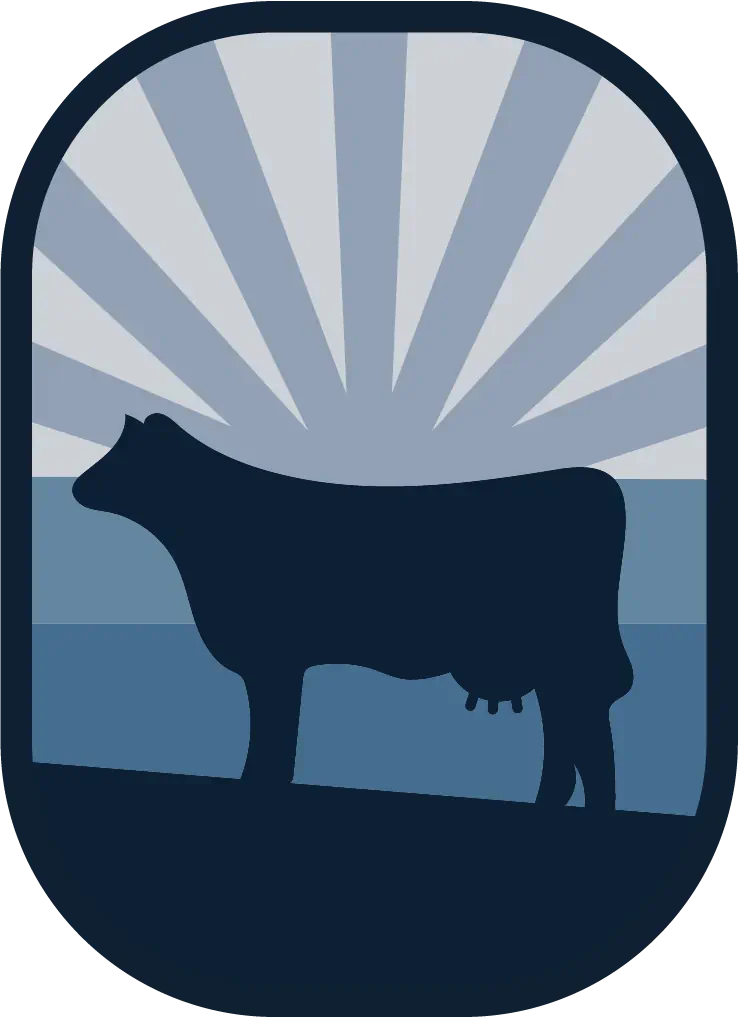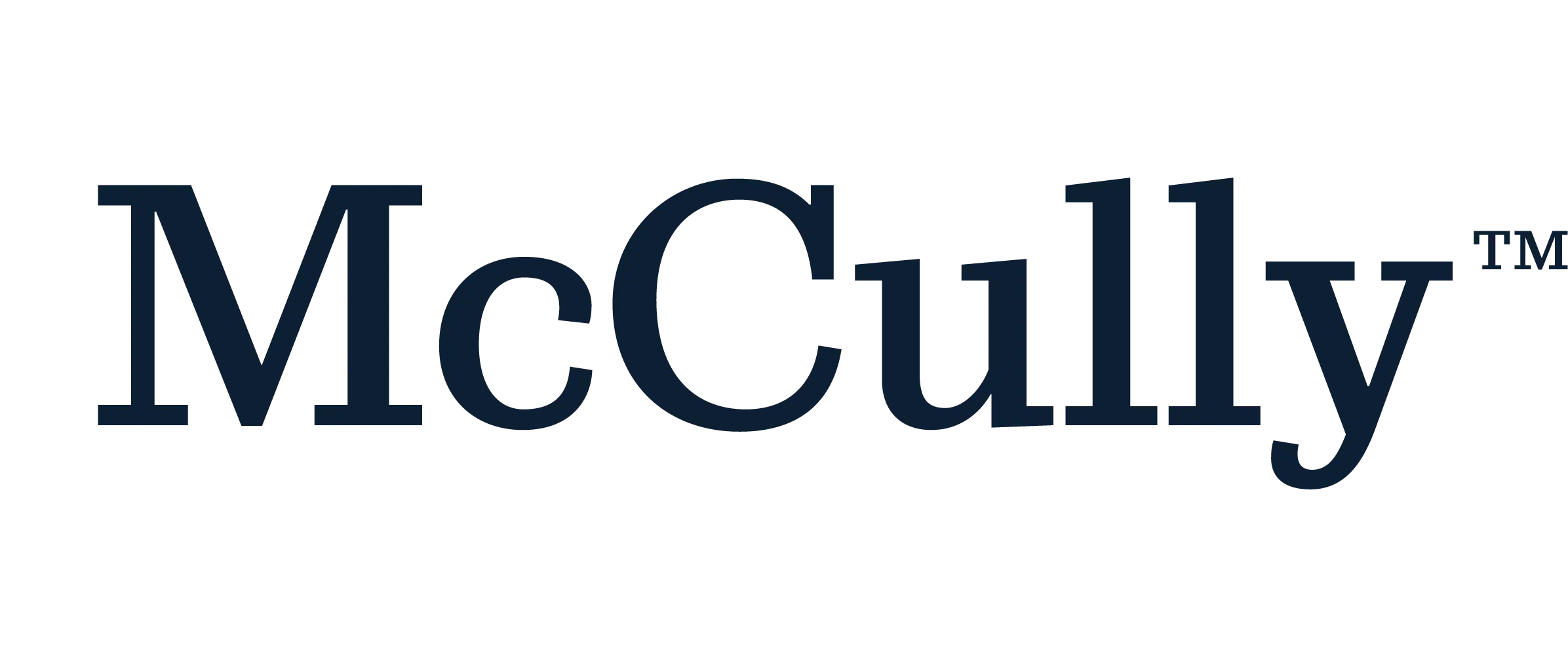As in every downturn in milk prices over the last century in the US, groups of dairy farmers, primarily small farm advocates, are talking about some type of supply management system in an effort to increase milk prices. The concept is simple – produce enough milk to meet demand, but don’t overproduce and drive milk prices lower. But the mechanics of how this would be accomplished is critically important to the US dairy industry – farmers, cooperatives, processors, and consumers. Would it be a government-mandated system like Canada or managed growth through cooperatives and processors? The idea of a government managed supply seems out of step with today’s global dairy market, especially in the US with a long tradition of free markets. But as long as milk prices remain depressed, the talk of government intervention could increase, particularly with Democrats retaking the House of Representatives and plenty of people running for President in 2020 looking for ideas, both good and bad, to court rural voters.
A government supply management program was included in versions of the 2012 Farm Bill, but was blocked by House Speaker John Boehner. That effort was viewed as the best chance of getting some type of government supply management program. The Senate bill included the Dairy Market Stabilization Program which was tied to participation in the Margin Protection Program. In retrospect, this program would have failed due to the fact few large farms signed up for MPP and that is where most of the growth in milk production occurred. Instead, small farms would have signed up for MPP, participated in the supply management program and still seen low milk prices. This would have likely led to increased calls for “improving” the supply management program and the industry would have been on a slippery slope to more and more restrictive supply management run by the government.
Several of the most vocal proponents of supply management held a series of meetings last year and brought in Canadian dairy farmers to promote the idea of a similar program in the US. For those favorably inclined to the idea, it sounded great – higher milk prices, farmers staying in business, and a more profitable future for those not looking to grow. But the Canadian system has a key element that won’t work in the US – the imposition of import quotas, which would not be WTO compliant for the US. In addition, the value of dairy quotas in Canada was estimated at $22 billion last year or nearly $37,000 per cow! Think about that. If a young farmer wanted to start a small 100-cow dairy farm, it would cost $3.7 million just for the quota. This creates a high barrier to entry for any new farmer or one that wants to expand. In addition, the high milk prices have a negative impact on consumers. Retail prices for dairy products in Canada have been double those in the US, so consumer demand would be expected to decline, perhaps dramatically, if a similar program were adopted in the US. In short, there are numerous negatives and unintended consequences that are either glossed over or ignored in discussions about government-run supply management programs.

While the Canadian system has been successful in keeping milk prices (and quota values) very high, the goal of keeping farms in business has failed miserably. The graph above shows the number of dairy farms since when the supply management program was put into place in the early 1970’s. In 1970, there were nearly 123,000 dairy farms compared to 10,593 in 2018 – a drop of 91%. Since 2003, the number of dairy farms in Canada has fallen 22%, which is less than the 34% decline in the US over the same period. The change in milk production is more dramatic. From 1976 to 2018, milk production in Canada increased 35% versus an 81% increase in the US. The high milk and dairy product prices in Canada effectively shut them out of the export market, so their demand is driven by domestic consumers. In contrast, roughly 2/3 of the growth in US milk production in the last decade has gone to export markets.
Any new program that attempts to limit supply would face questions such as how to plan production, how to value quota, and what financial incentives and penalties would be. And since the objective would be to raise milk prices, how much should they be raised – $1, $2, $5/cwt? But this ignores the fact the US is part of the global dairy market. It wouldn’t take much to severely limit US competitiveness in export markets. If the share of milk production being exported fell back to pre-2007 levels, a loss of 10% from 2018, that means there is 10% too much milk in the US. In other words, 900,000 cows would need to be removed from the national dairy herd, numerous plants would either downsize or close, and farms would still go out of business. This is a scenario proponents of a government supply management program don’t mention.
Questions should also be asked if changes are needed to how price signals flow through the supply chain in a more timely manner and if current policies are part of the problem. One example is the Federal Order system and pooling. If every farmer but one maintains their production level, the marginal volume from the one farm could push prices lower. However, the impact from one farm’s decision is distributed over all farms, so the impact to the one farm that expanded is negligible. So, they have no disincentive to continue expanding given the market impact is shared by everyone. This is an unintended consequence of the Federal Order system, but one that would require a significant change to fix.
Instead of trying to replicate what Canada has, let’s focus on market-oriented solutions to low milk prices and farm attrition. It is depressing to read comments from dairy farmers that they have no control over their milk price despite 20 years of various risk management programs being available. The new Dairy Margin Coverage program and Dairy Revenue Protection program appear to offer dairy farmers the ability to better manage milk price volatility. The LGM-Dairy program has also proven to be successful. In addition, many cooperatives and processors offer forward contracting programs for farmers to lock in milk prices, and liquidity in dairy futures and options markets continues to grow. There are multiple programs available to dairy farmers to help manage milk price risk. If they don’t know about them, or how to use them, resources should be deployed to make sure they do.
Europe also had a supply management program for a generation, but eliminated it in early 2015. Processors made substantial investments in the lead-up to the quota elimination and milk production has grown since that time. But while the US has been mired in a low milk price environment for several years, milk prices in Europe have been mostly profitable for their dairy farmers. Processors made investments in higher margin, value-added products and are able to pay higher milk prices as a result. New Zealand dairy farmers have also received milk prices above their cost of production with a focus on large volumes of milk powders and value-added dairy ingredients. In future reports, I will offer some thoughts on how the US dairy industry can shift to higher value products that would allow processors to pay higher prices for milk.
Is it time for supply management? If it is what John Boehner referred as Soviet-style agriculture, then no, a government-run supply management program for milk is a perennially bad idea. A common sense approach would be for more communication between milk buyers and farmers to better align milk supply with demand. If the processor doesn’t have a sale for the milk, they tell the farmer not to produce it. To that end, a number of cooperatives have developed base programs over the last decade in an attempt to balance supply with demand. Additionally, more effort should be put forth to educate dairy farmers about the risk management tools they have at their disposal. In summary, a government supply management system would be very disruptive to the dairy supply chain and bring all sorts of unintended consequences. Even a supply management “light” system would put the US on a path towards more restrictive programs in the future.
The McCully Group
Mike McCully
mike@themccullygroup.com
Office 312-646-0361
Mobile 773-368-9561


